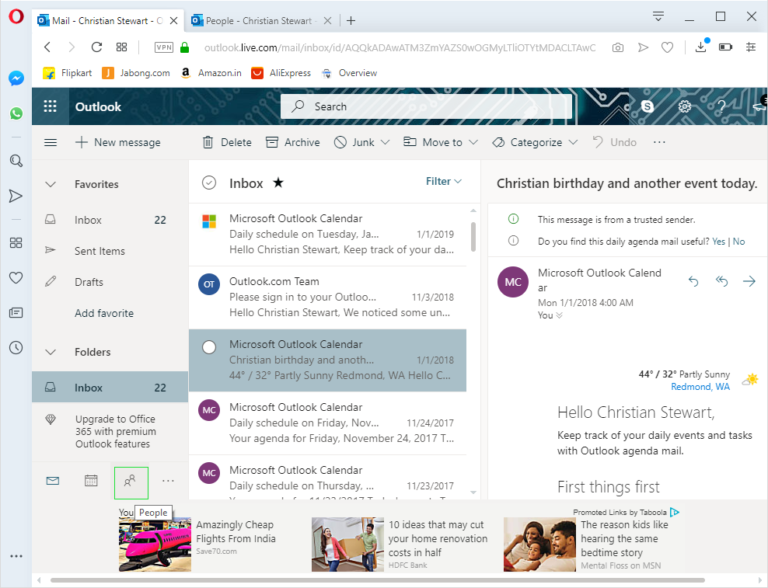

What are the key features of Microsoft Office 365?Ĭreate documents with confidence: Style can be just as important as substance when trying to convey your message via text. This app is highly recommended for everyone, especially for those in the writing profession: bloggers, writers, journalists, columnists, students, or project managers working on documentation. PowerPoint is indispensable for drafting presentations. Excel is useful for creating graphs and budgeting.

Word is essential when painlessly creating, reading, editing, and sharing your files. The most popular applications included in the Office 365 package are without a doubt Microsoft Word, Microsoft Excel, and Microsoft PowerPoint.

(Note: Some of them may not be present.)Ĭlick the back arrow in the Finder window to go back to the ~/Library folder. Locate these folders below and move them to Trash. On the Finder window, press Shift + Command + G to open the Go to Folder window.Įnter ~/Library in the box and click the Go button. Step 2 Delete Office Associated Files on Mac Step 1 Remove Office for Mac ApplicationsĬlick on the Applications option, locate and select all Office applications (Word, Excel, PowerPoint, OneNote, OneDrive, and Outlook). And they mainly include deleting the Office app icons, removing related files, and unlocking apps from the Dock. In fact, the steps to remove Office 365, 2019, and 2016 are similar. Uninstalling newer versions of Office, such as Office 365, is more complicated than uninstalling Office 2011 because you have to delete not only the application itself but also related files stored on the hard drive. How to Uninstall Office 365, 2019, and 2016 on Mac Locate the Microsoft Office 2011 folder and move it to Trash.Open Finder in the Dock and go to the Applications folder.Quit all the Office applications first.

To uninstall it, follow the following steps: Although you can continue to use its functions, you cannot keep up to date with all the latest features, patches, and security updates. Microsoft Office stopped supporting Office for Mac 2011 on October 10, 2017. Make sure you have signed in to your administrator account on Mac.


 0 kommentar(er)
0 kommentar(er)
